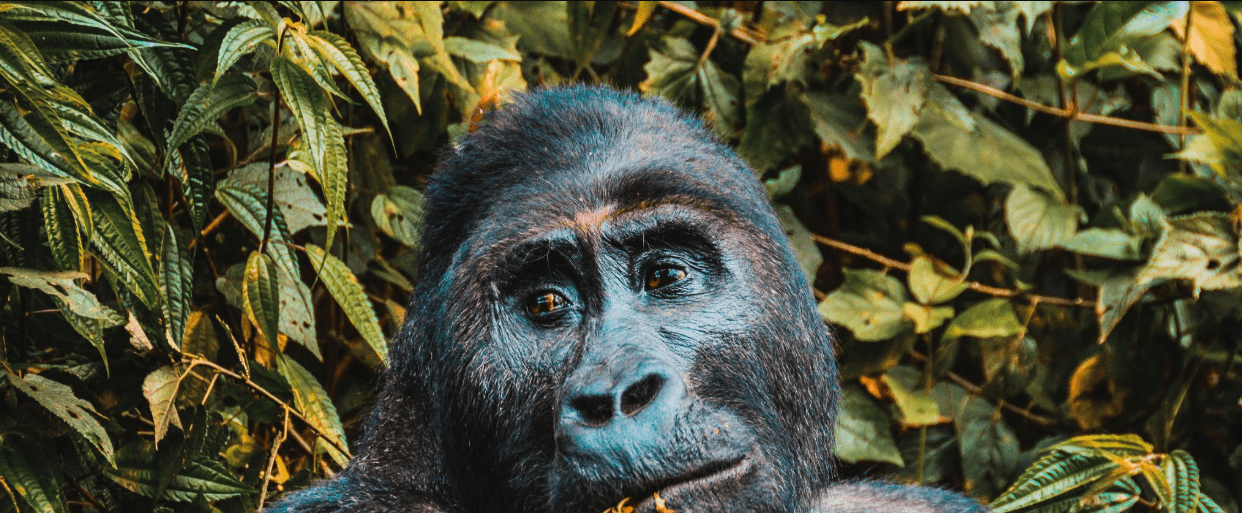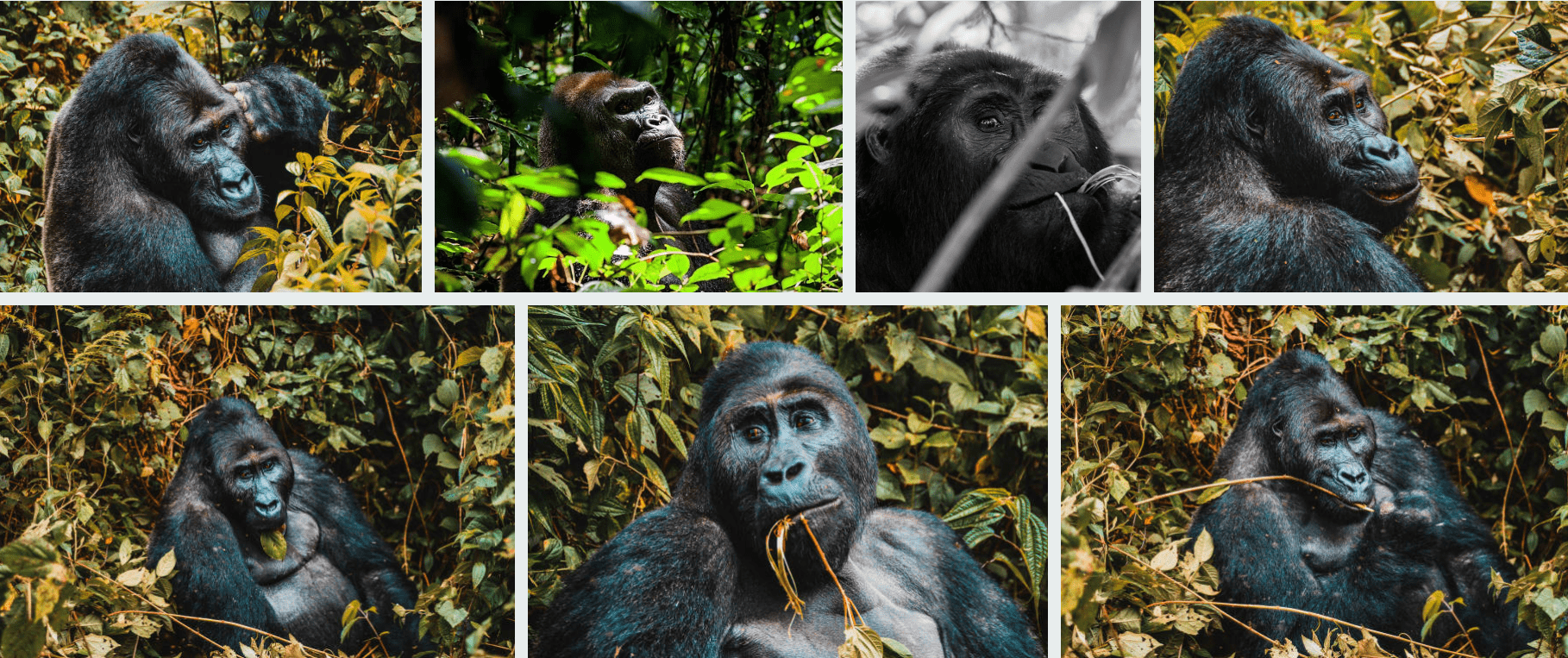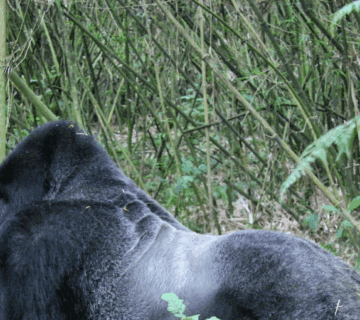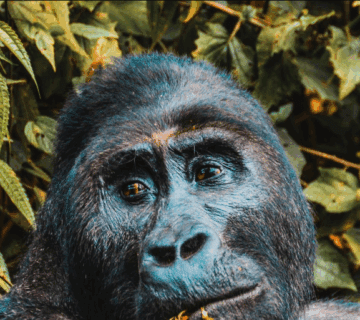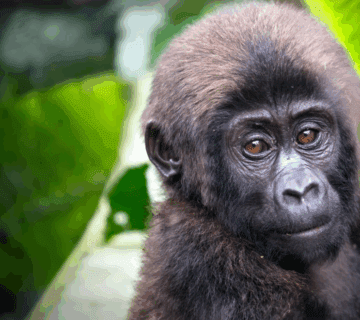Congo Gorilla Trekking: Best Advice for an Unforgettable Adventure
There are few experiences in life as awe-inspiring as coming face-to-face with a wild mountain gorilla in its natural habitat. Congo Gorilla Trekking offers one of the most profound wildlife encounters on Earth, allowing travelers to step into the lush rainforests of the Democratic Republic of Congo (DRC) and witness these majestic creatures up close. However, this adventure requires careful planning, physical preparation, and a deep respect for nature.
In this guide, we’ll provide the best advice for making your Congo Gorilla Trekking experience unforgettable—covering everything from permits and fitness tips to ethical wildlife viewing and cultural immersion. Whether you’re a seasoned adventurer or a first-time trekker, these insights will help you embark on this life-changing journey with confidence.
Why Choose Congo Gorilla Trekking?
The Democratic Republic of Congo is home to the critically endangered mountain gorillas, with Virunga National Park and Kahuzi-Biega National Park being two of the best places to encounter them. Unlike other destinations, Congo Gorilla Trekking offers a more rugged and less commercialized experience, allowing for deeper connections with nature and local communities.
Here’s why Congo stands out:
Fewer Tourists: Compared to Rwanda and Uganda, Congo sees fewer visitors, meaning a more intimate gorilla encounter.
Diverse Wildlife: Beyond gorillas, Congo’s parks host okapis, forest elephants, and countless bird species.
Affordable Permits: Gorilla trekking permits in Congo are significantly cheaper than in neighboring countries.
Untouched Wilderness: The raw, unspoiled beauty of Congo’s rainforests makes the trek even more magical.
Best Advice for Congo Gorilla Trekking
1. Secure Your Permit Early
Gorilla trekking permits are limited to protect the gorillas and ensure sustainable tourism. In Congo, permits cost around $400 (compared to $800-$1,500 in Rwanda and Uganda).
Tips for booking:
Book at least 3-6 months in advance, especially during peak seasons (June-September & December-February).
Use a reputable tour operator to handle logistics, as they coordinate with park authorities for permits and guides.
Confirm all details (dates, park entry, and transport) before arrival.
2. Choose the Right Time to Visit
The best time for Congo Gorilla Trekking is during the dry seasons (June-September and December-February) when trails are less muddy, and visibility is better. However, trekking in the rainy season (March-May & October-November) offers lush landscapes and fewer crowds.
3. Get Physically Prepared
Gorilla trekking is physically demanding. Treks can last 2-8 hours, depending on the gorilla family’s location, and involve steep, slippery terrain.
Fitness tips:
Cardio training: Hiking, jogging, or stair climbing will help build stamina.
Leg strength: Squats and lunges prepare you for uneven trails.
Practice hikes: If possible, do long walks with a backpack to simulate trekking conditions.
4. Pack the Right Gear
Packing wisely ensures comfort and safety during your trek.
Essentials for Congo Gorilla Trekking:
Sturdy hiking boots (waterproof with ankle support)
Long-sleeved shirts & pants (to protect against insects and thorny plants)
Rain jacket (weather in the rainforest is unpredictable)
Gardening gloves (for gripping branches and vines)
Trekking poles (helpful for balance on steep slopes)
Camera with no flash (to avoid disturbing gorillas)
Daypack with snacks, water, and basic first aid
5. Follow Gorilla Trekking Rules
To protect gorillas and ensure a safe experience, strict rules are enforced:
Maintain a 7-meter distance from gorillas.
No flash photography—it can agitate them.
Stay quiet—loud noises stress the animals.
Do not eat or smoke near gorillas.
If a gorilla approaches, stay calm and follow your guide’s instructions.
6. Hire a Local Guide
Experienced guides are essential for tracking gorillas and ensuring safety. They understand gorilla behavior, navigate the forest efficiently, and share fascinating insights about conservation efforts.
Why local guides matter:
They contribute to the local economy.
Their expertise increases the chances of a successful trek.
They help interpret gorilla communication and social structures.
7. Respect Wildlife and Local Communities
Congo Gorilla Trekking is not just about seeing gorillas—it’s about supporting conservation and local livelihoods.
How to trek responsibly:
Do not litter—carry all waste back with you.
Avoid touching gorillas (they are wild animals and susceptible to human diseases).
Support community projects—visit local villages or buy handmade crafts.
Tip guides and porters—they rely on tourism for income.
8. Prepare for Altitude and Weather Changes
Congo’s rainforests are humid, and higher altitudes can be chilly.
Health tips:
Stay hydrated—drink plenty of water before and during the trek.
Layer clothing—mornings can be cold, but hiking warms you up.
Acclimatize if needed—some areas are at high elevation.
9. Capture Memories Without Disturbance
Photographing gorillas is a privilege.
Best photography tips:
Use a zoom lens (70-200mm is ideal).
Set your camera to silent mode.
Avoid sudden movements.
Focus on their expressions and interactions—not just portraits.
10. Embrace the Experience Fully
Beyond the physical challenge, Congo Gorilla Trekking is a spiritual journey.
How to make it unforgettable:
Be present—put away your phone and absorb the moment.
Observe their behavior—gorilla families groom, play, and communicate in fascinating ways.
Reflect on conservation—these creatures survive against all odds due to dedicated efforts.
The Impact of Gorilla Trekking on Conservation
Your participation in Congo Gorilla Trekking directly supports conservation. Permit fees fund:
Anti-poaching patrols
Veterinary care for gorillas
Community education programs
Reforestation projects
By choosing responsible tourism, you help ensure gorillas thrive for future generations.
A Journey of a Lifetime
Congo Gorilla Trekking is more than an adventure—it’s a transformative encounter with one of our closest relatives in the animal kingdom. The moment you lock eyes with a silverback or watch a baby gorilla playfully swing from a vine, you’ll understand why this experience is so revered.
Follow this best advice, travel responsibly, and prepare for an expedition that will leave you humbled, inspired, and forever changed. The mountains are calling, and the gorillas are waiting.
Will you answer?
Ready to Plan Your Trek?
If Congo Gorilla Trekking is on your bucket list, start preparing today. Book your permits, train your body, and open your heart to one of the most profound wildlife experiences on Earth.
“In the presence of gorillas, you don’t just see wildlife—you feel the soul of the forest.”

